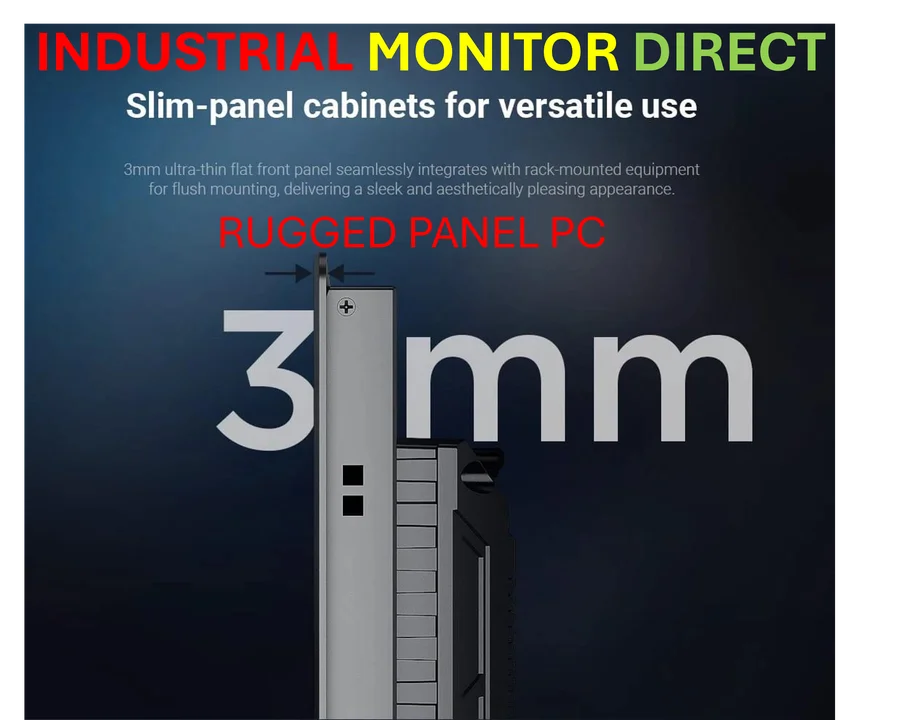According to Aviation Week, Lufthansa Technik reported a 15% decline in adjusted pre-tax profit to €130 million ($150 million) for the third quarter, with margins falling 2.4 percentage points to 6.7%. The German MRO provider attributed the drop to “punitive tariffs” from the U.S. and a weaker dollar, despite third-party sales surging 28% year-on-year to €1.5 billion. LHT highlighted significant growth in CFM Leap engine overhauls, having already inducted 100 units across 30 customer contracts, while also securing long-term maintenance agreements with Cathay Pacific and easyJet. The company noted that supply chain constraints and training costs for its 4% larger workforce also impacted earnings, though strong underlying demand continues to drive expansion. These results highlight the complex challenges facing even successful MRO providers in today’s market.
The Tariff Domino Effect on MRO Economics
The U.S. tariff situation creates a multi-layered challenge for global MRO providers like LHT. While the immediate financial impact is clear in their earnings report, the operational implications run deeper. Tariffs on aircraft components and maintenance equipment don’t just increase costs—they disrupt established supply chain logistics and inventory management strategies. Many MRO operations rely on just-in-time delivery systems for expensive components, and tariff-induced delays or cost increases can cascade through maintenance schedules. The U.S. trade policies affecting aerospace imports create particular pressure for European MROs serving global airline customers who expect consistent pricing regardless of geopolitical trade disputes.
CFM Leap: The New MRO Powerhouse
LHT’s focus on CFM Leap engines represents a strategic pivot that reflects broader industry transformation. The Leap engine family, powering both Airbus A320neo and Boeing 737 MAX aircraft, represents the current generation of fuel-efficient turbofans that are rapidly displacing older CFM56 models. What makes this transition particularly challenging for MRO providers is the technological leap—these engines incorporate advanced materials like ceramic matrix composites and sophisticated digital monitoring systems that require new maintenance protocols and technician training. The fact that LHT has already inducted 100 units indicates they’re positioning themselves as early leaders in what will become a massive aftermarket. The CFM Leap engine platform demands specialized tooling and certification that represents significant capital investment, making LHT’s early volume particularly noteworthy.
Persistent Supply Chain Constraints
The supply chain issues LHT references reflect systemic challenges across the aerospace industry. Aircraft manufacturers continue facing production delays due to component shortages, which in turn affects the MRO sector’s access to replacement parts. The situation is particularly acute for engine components, where specialized forgings and castings often come from single-source suppliers. This creates a double bind for MRO providers: they face delays in receiving new components while simultaneously experiencing increased demand as airlines extend service intervals on existing fleets due to new aircraft delivery delays. The aviation supply chain infrastructure was already strained before recent geopolitical and economic pressures, and current conditions suggest these challenges will persist through at least 2025.
The Technician Training Imperative
LHT’s 4% headcount increase and associated training costs highlight a critical industry challenge: the aviation maintenance workforce gap. As older technicians retire and new aircraft technologies demand different skill sets, MRO providers face escalating costs for both recruitment and training. Modern aircraft maintenance requires technicians who are comfortable with digital diagnostics, composite materials repair, and data analytics—skills that traditional apprenticeship programs may not fully address. The training investment LHT mentions isn’t just about numbers; it’s about transforming their workforce capabilities to handle next-generation aircraft systems. This represents a structural cost increase that all major MRO providers must absorb, potentially putting pressure on margins even as demand grows.
Strategic Positioning in Turbulent Times
LHT’s simultaneous expansion and margin compression illustrates the delicate balancing act facing global MRO providers. The strong underlying demand—evidenced by their 28% sales growth and long-term contract extensions—suggests robust market fundamentals. However, the tariff and supply chain pressures create a environment where scale becomes increasingly important. Larger MROs like LHT can absorb these costs and spread them across a broader customer base, potentially creating competitive advantages over smaller regional providers. The company’s focus on high-value engine services and long-term contracts represents a strategic shift toward more predictable revenue streams that can better weather economic volatility. As the MRO market evolves, providers who can manage these cross-currents while maintaining technical excellence will likely emerge as industry consolidators.



